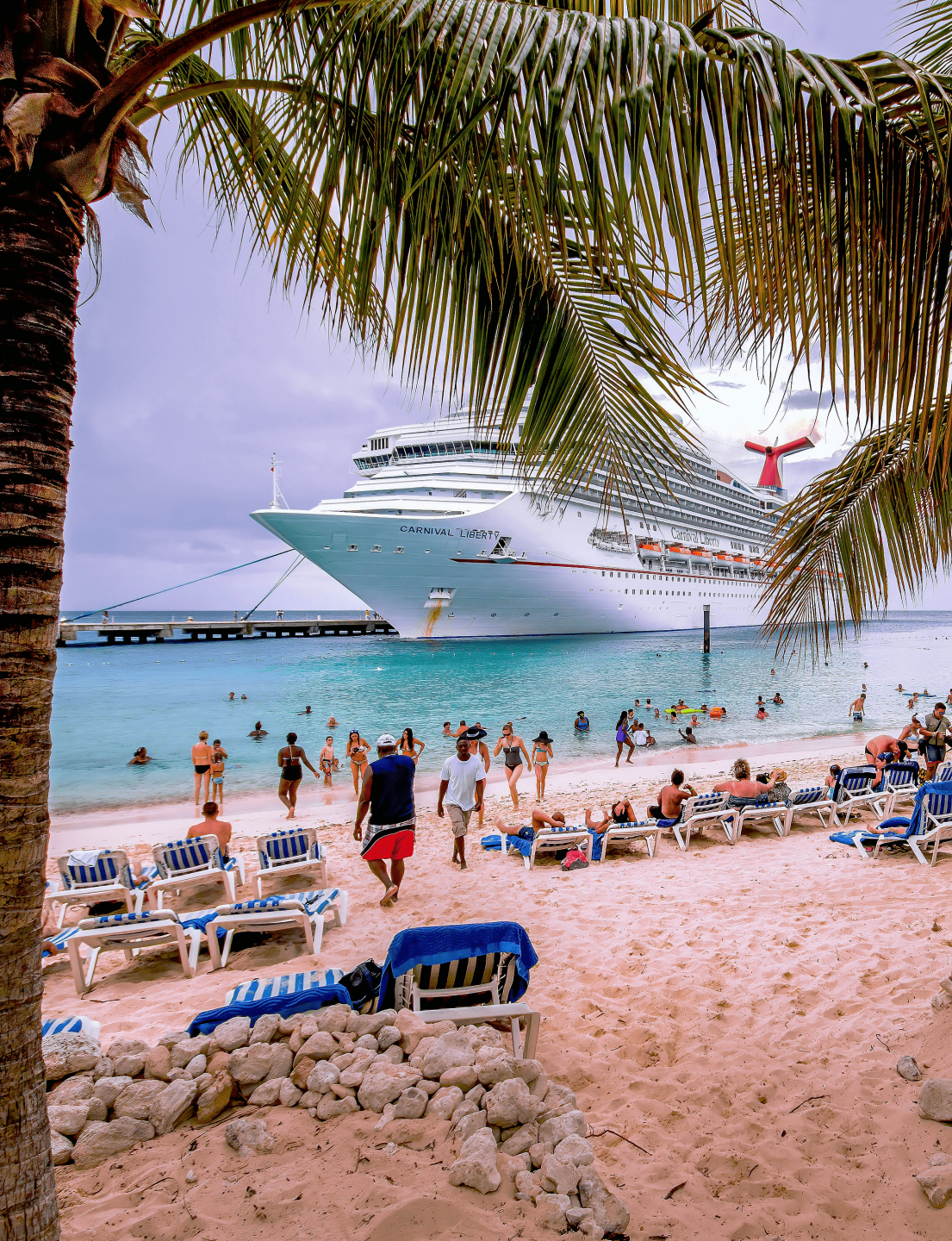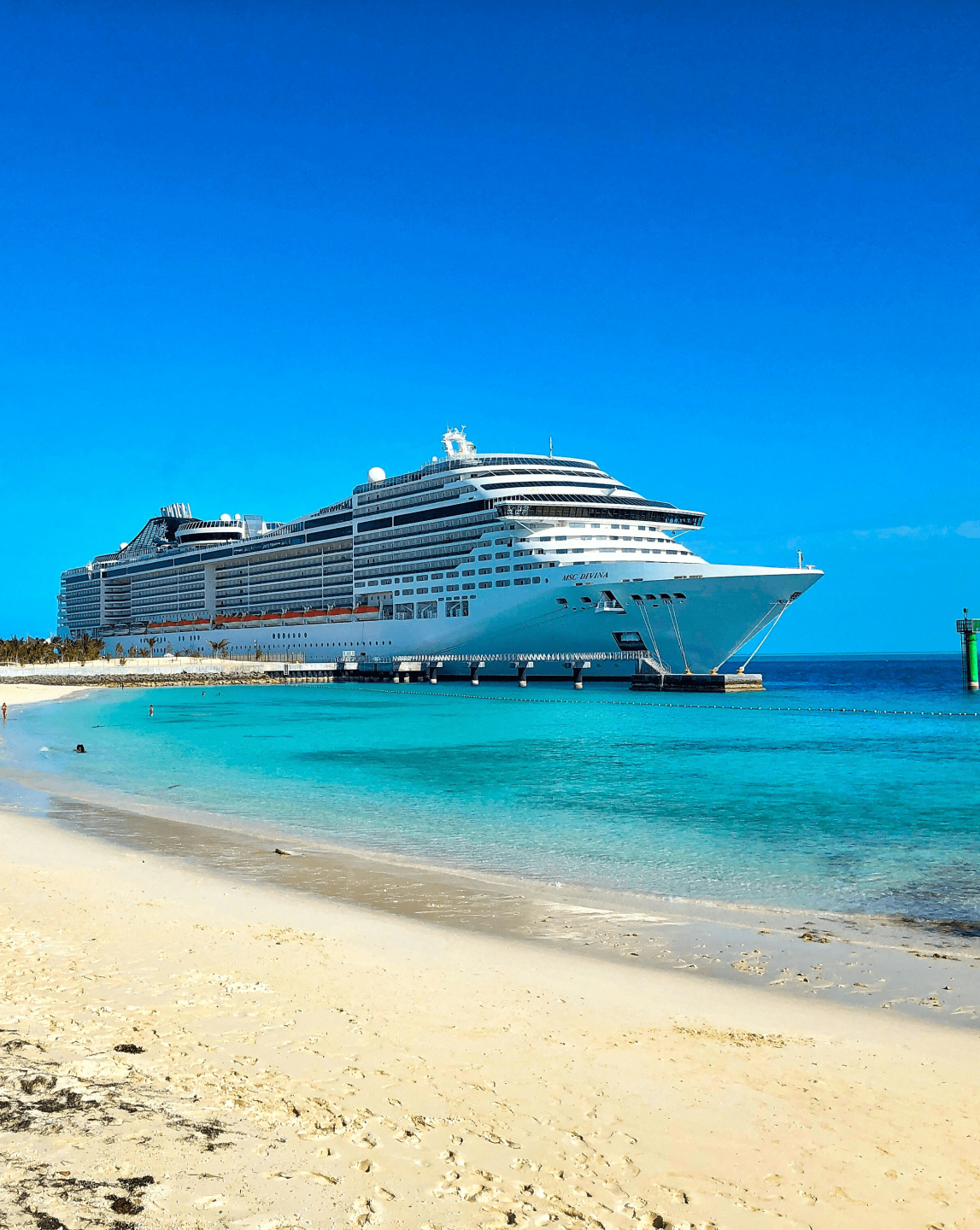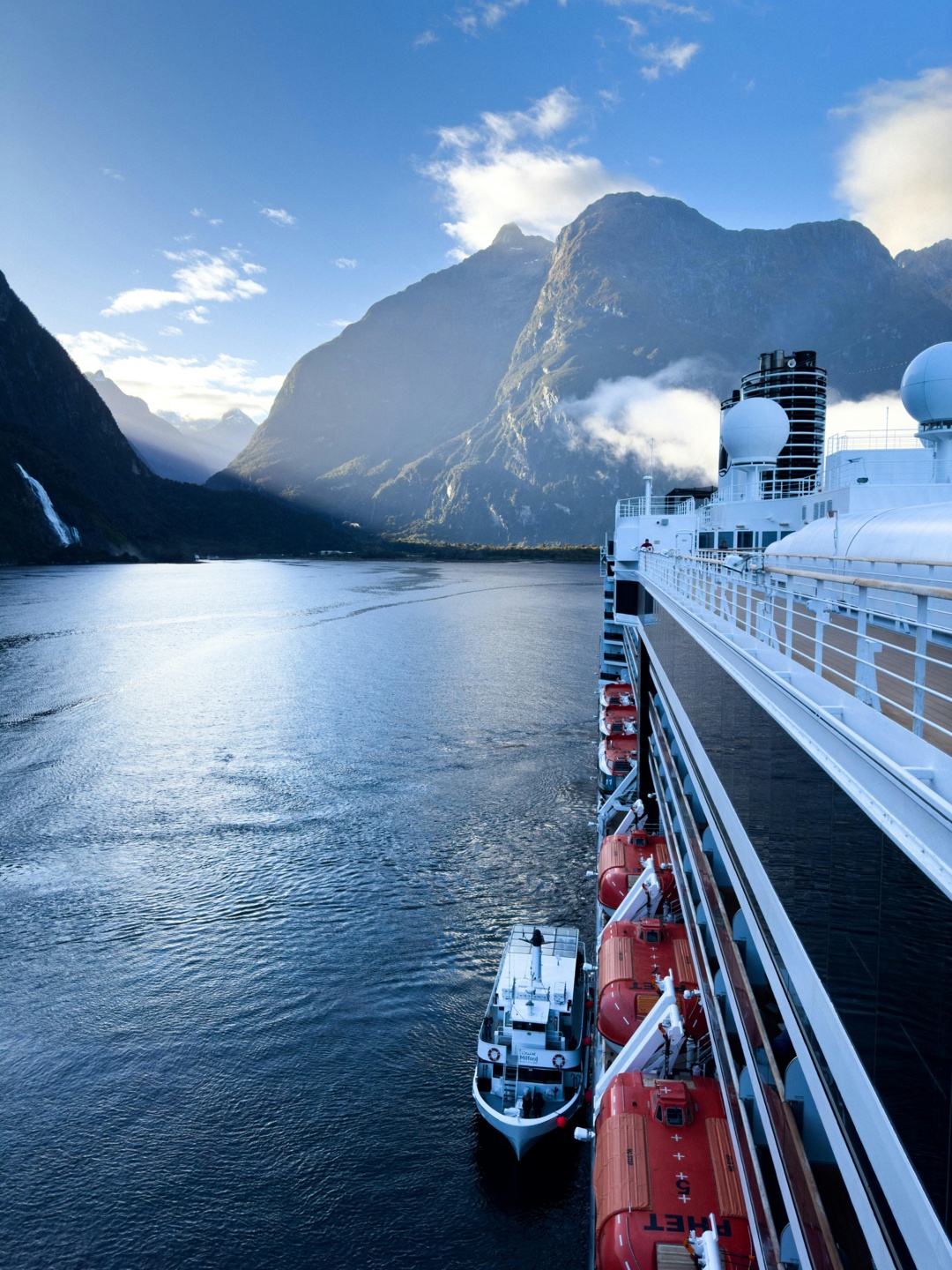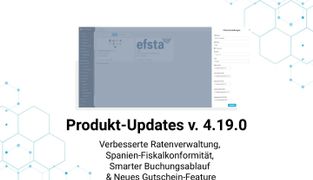Managing a cruise ship is a complex task that involves coordinating dozens of operations to ensure an enjoyable experience for passengers. From entertainment to food services, maintenance, and safety, every part of the ship's operation must work together seamlessly.
All this becomes even more challenging when ships have limited or no internet connectivity while at sea, making data sharing with shore-based teams difficult.
This article explores the creation of a cloud-based Cruise Ship Management System that integrates both online and offline operations for our clients. Today we'll take a closer look at the technical side behind one of our most innovative products.
The Challenge: Synchronization across isolated environments
During the cruise, each ship operates as a self-contained entity, which manages everything from guest check-ins to transactions and reporting. Meanwhile, shore-based administrations handle broader tasks: cruise planning, logistics, and bookings. To make sure these two environments remain synchronized is quite a challenge, particularly given the ships' limited Internet connectivity.
In HotelFriend, we solved this challenge by allowing each ship to function autonomously when offline, with the ability to synchronize data with a cloud-based system when connectivity is restored. This means that the administrative teams have near-real-time access to important information anytime.
Brief overview of the system architecture
HotelFriend’s Cruise Management Software is designed to bridge the gap between the crew and the head office in a way that allows seamless data exchange. Here's how we achieved that:

1. Ship-based system (Offline operations)
Each ship is equipped with its own instance of the Cruise Management Software, designed to support onboard operations. The ship's technical team configures their local infrastructure and adapts it to meet our requirements, and we provide them with a virtual machine developed for their environment.
We use docker container technology in our local virtual instance, that is running the ship's dedicated application. It includes a local database and other necessary components. With this setup, the ship's crew can run all operations independently, without relying on Internet access.
2. Cloud-based system (Online operations)
For the cloud-based version, we established a Kubernetes cluster in the AWS cloud, where we deploy the same application that runs on the ships. The cloud version mirrors the ship-based instance, using the same Docker images.
The most important part here is the database replication process: the cloud-based database is synchronized with the ship's database, which allows onshore teams to access the latest information.
3. Synchronization and data replication
When a ship regains internet connectivity, data from the ship's local database is replicated to the cloud. Files such as invoices, reports, and similar documents are stored in S3 buckets and synchronized during this process. The replication occurs at a set of intervals, providing the central office with insight into the ship's latest data without requiring direct access to the ship's system.
Achieving seamless connection
In this section, let’s explore what exactly ensures that both shore-based and ship-based teams always have the most up-to-date information at their fingertips.

● Triggering replication
When the ship is back online after a disruption, the synchronization process is automatically triggered. Data replication transfers updates from the ship's database to the cloud-based system.
● Database replication and conflict resolution
The replication process involves copying data from the ship's local database to the cloud database. This is a two-way process, allowing both environments to stay in sync.
In cases where conflicts arise, such as when changes have been made to the same data on both the ship and in the cloud, conflict resolution strategies are employed. These may include timestamp-based merging or manual resolution, depending on the specific operational requirements.
● Onshore data access
The cloud-based system provides administrative teams with the ability to access the most recent data replica from the ship. This includes details on guest counts, cruise information, payments, check-ins, and more.
Monitoring, logging, and security
Monitoring and logging
AWS CloudWatch is used to monitor the cloud environment, track database performance, and manage application logs. Onboard the ship, Docker's built-in logging and monitoring tools are used to ensure the health and performance of the local application. Once connectivity is restored, logs from the ship are synchronized with the cloud.
Security measures
Security is a top priority for HotelFriend, particularly given the sensitive nature of the data being handled. All communication between the ship and the cloud is using TLS encryption to prevent unauthorized access.
In addition, specific user roles are used to enforce access controls, ensuring that only authorized personnel can interact with the system. Regular backups of the ship's local database are securely stored both on the ship and in the cloud to prevent data loss.
Benefits at a glance
Our Cruise Management System is designed to deliver excellence in every aspect of operation. Let’s take a look at the key benefits that come together for the outstanding performance and usability of our software.

Hosted on Amazon AWS Servers in Germany
Leveraging Amazon AWS’s advanced infrastructure, our system is hosted in highly secure data centers in Germany. Its robust architecture ensures that your information, identities, applications, and devices are well-protected. The platform meets stringent security and compliance requirements, including data locality, protection, and confidentiality.
Scalability and versatility
Our solution seamlessly supports both public cloud environments onshore and private systems onboard the ships. This dual capability ensures that deployment through containers is not only simplified but also efficient, scalable, and fault-tolerant.
Security and data protection
AWS’s S3 storage is secure, private, and encrypted by default, ensuring your data is safeguarded against unauthorized access. Additionally, S3 supports extensive auditing capabilities, allowing you to monitor access requests and maintain tight control over your resources.
Centralized management
Our Cruise Management Software provides a powerful centralized administration system that allows onshore teams to configure and manage application parameters and global data. This means that administrative tasks are streamlined, reducing the complexity of managing multiple ship-based systems across the fleet.
Ease of use
Our system features a user-friendly, intuitive interface that simplifies ship management tasks. Whether you’re a ship manager, crew member, or maintenance personnel, the system is designed for quick adaptation, allowing users to efficiently leverage its powerful functionalities with minimal training.
What are the other features of Cruise Ship Management Software?
This software is designed to handle all the complexities of operating a large passenger vessel, setting it apart from hotel management systems. Here are some of the standout features that make cruise management more streamlined for our clients.
Efficient check-in process
Unlike hotels, cruise ships often handle large groups of guests checking in simultaneously. Our system is designed to manage these high-volume check-ins with ship-based kiosks, ensuring a seamless experience for groups of 100+ passengers.
Comprehensive data handling
When setting sail for a new cruise, the Cruise Management System adeptly processes and organizes extensive blocks of guest and cruise data. This capability keeps all information accurate and readily accessible for smooth operations from the moment the ship departs.
Advanced Tour Planner
Our Tour Planner is a tool designed to simplify the complex process of planning and coordinating tours. It creates reusable trip templates, automates requests for port approvals, and consolidates all necessary information into a structured, user-friendly database.
Nautical cash book
Managing expenses on a cruise involves tracking maintenance costs like gas, electricity, and fuel. The Nautical Cash Book tool helps captains and crews manage these costs by calculating and recording both planned and actual expenditures.
Personalized menu and recipe management
Our software includes a Wine and Menu Card Generator that tailors menus based on the guest’s tour package. The system also allows for creating recipes and menu templates, generating menu cycles, and exporting them, ensuring guests always receive a personalized dining experience.
Conclusion
By leveraging AWS and docker container technology we've developed a robust Cruise Ship Management System that seamlessly integrates online and offline operations. This architecture ensures that both onshore and onboard teams have the tools they need to operate efficiently, regardless of connectivity challenges.
With careful planning, the right technologies, and a focus on security, businesses can build systems that are both flexible and resilient, ready to meet the demands of connected and disconnected environments.
Want something similar for your organization? Explore our data management offerings and schedule a demo to see how we can help you achieve your goals.






